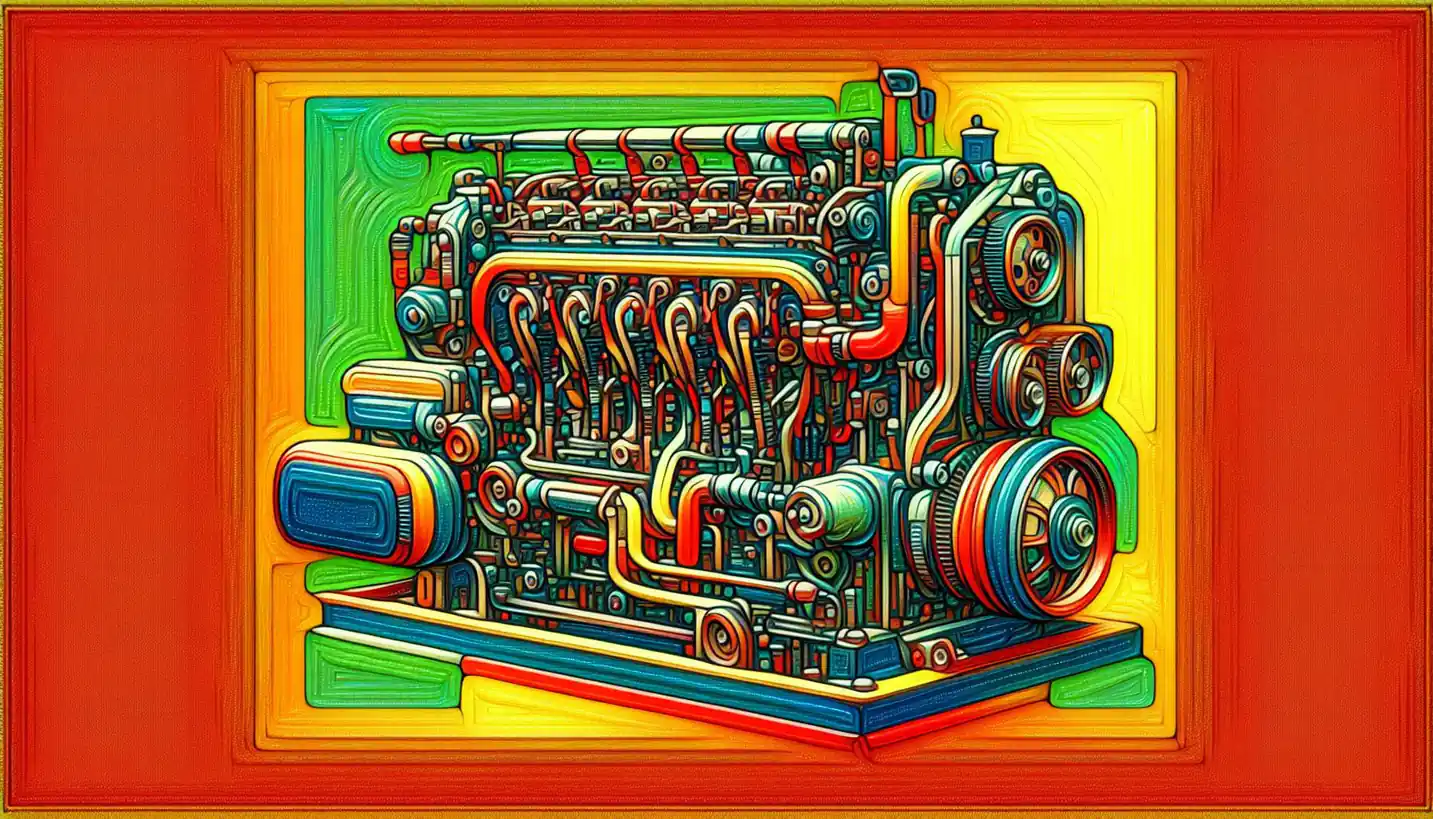· Engineering · 4 min read
Aseptic Technique in Biochemical Engineering: Ensuring Purity and Integrity
Aseptic techniques are vital in biochemical engineering, maintaining purity and preventing contamination. Explore the methods that ensure safe and reliable product outcomes.

Picture this: You’re in a lab filled with glistening equipment and bubbling flasks. One thing is crystal clear—keeping things pure and uncontaminated is the name of the game. This is where the aseptic technique comes into play, a cornerstone method in biochemical engineering.
Aseptic technique is all about preventing contamination. Imagine you’re making a pot of soup, and you don’t want any dirt or unwanted flavors sneaking in. In the world of biochemical engineering, the stakes are much higher—think life-saving medications or groundbreaking research—so the need for sterility is crucial.
The Basics of Aseptic Technique
At its core, aseptic technique is a set of practices designed to maintain sterility. In simple terms, it’s how scientists ensure that microorganisms like bacteria, fungi, and viruses are kept out of their experimental and production processes. This is crucial in industries like pharmaceuticals and biotechnology, where even the smallest contamination can lead to disastrous results.
These techniques include sterilizing equipment, using clean workspaces, and wearing protective gear. It’s a bit like being a detective, constantly on the lookout for clues that might lead to contamination—and then taking proactive steps to nip it in the bud.
Why is Aseptic Technique So Important?
It’s easy to see why aseptic techniques are vital in producing medications like vaccines and antibiotics. Any contamination can interfere with the drug’s effectiveness or safety. Imagine a batch of life-saving insulin being compromised by a tiny speck of dust—that’s something nobody wants.
In addition, aseptic techniques are essential for research. Scientists rely on accurate data, and contamination can skew results, making research unreliable. In the quest for breakthroughs, integrity is non-negotiable.
Tools and Practices in Aseptic Techniques
Think of the aseptic technique as a toolkit filled with various tools that help keep things clean. There are several practices commonly used:
Sterilization
This involves using heat, chemicals, or radiation to eliminate all forms of life from equipment and surfaces. Autoclaves, which use high-pressure steam, are often the go-to choice in labs.
Laminar Flow Hoods
These are special workspaces designed to filter out contaminants from the air. It creates an invisible curtain of clean air, allowing scientists to work without worrying about airborne particles.
Protective Gear
Lab coats, gloves, masks, and goggles form a barrier against contamination. Just like a superhero suit, they protect both the wearer and the work from each other.
Real-Life Applications of Aseptic Techniques
Aseptic techniques are not just theoretical concepts; they’re put into practice every day. In hospitals, for instance, surgeries require extreme sterility to prevent infections. Pharmaceutical companies use aseptic processes to produce everything from cancer drugs to common pain relievers.
In the food industry, these techniques make sure that the food we consume is safe. The same goes for the cosmetics industry, where sterile processes ensure that products are safe for our skin.
Challenges and Future Directions
Keeping everything sterile isn’t always easy. Imagine trying to clean every nook and cranny of a large, complex piece of equipment. Automation and robotics are becoming increasingly useful in maintaining sterile environments and reducing human error.
Moreover, with the rise of personalized medicine and biologics, the demand for scrupulous aseptic techniques is skyrocketing. These cutting-edge areas require even more precise contamination control to ensure quality and safety.
How Innovations Are Shaping Aseptic Techniques
Researchers are continually looking for ways to refine and improve these techniques. Innovations like single-use systems are becoming more popular. These are disposable components that can replace traditional equipment, minimizing cleaning requirements and further reducing contamination risks.
Aseptic processing in isolators, which provide complete separation between the operator and the product, is gaining attention. This technology ensures that products never come into contact with human intervention.
Conclusion: The Ongoing Dance with Sterility
Aseptic technique is an indispensable dance in the concert of biochemical engineering. It’s about ensuring that what comes out of a controlled environment is as pure and effective as possible. As technology and science advance, the techniques themselves are evolving, promising a future where contamination is a rare event, rather like finding a needle in a haystack.
In the end, whether it’s saving lives through clean pharmaceuticals or ensuring the safety of everyday products, aseptic technique remains at the heart of keeping the world safe and sound. Embracing these methods ensures that biochemical engineering continues to innovate, inspire, and transform our lives for the better.


